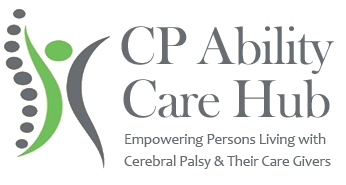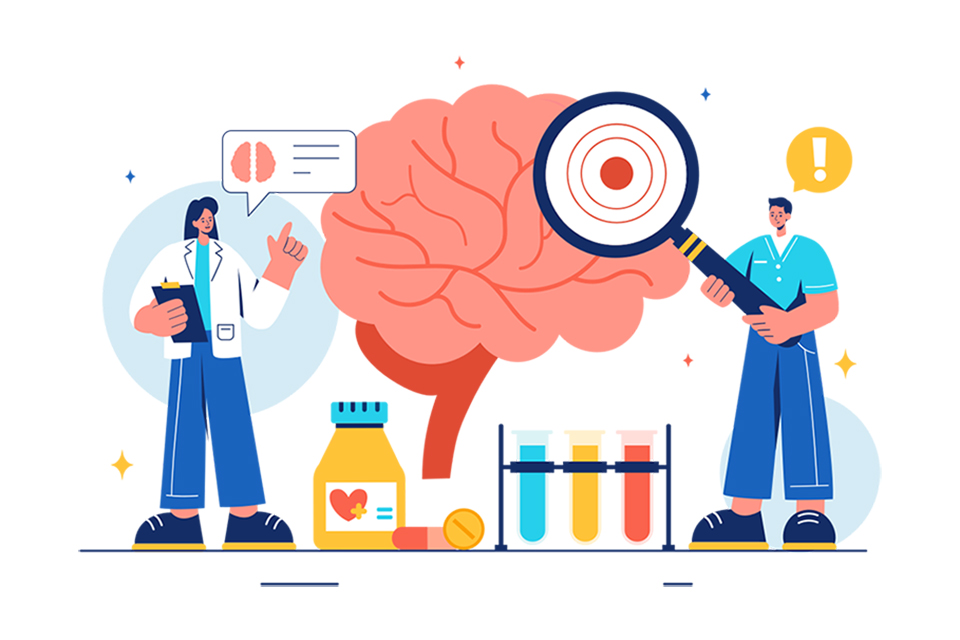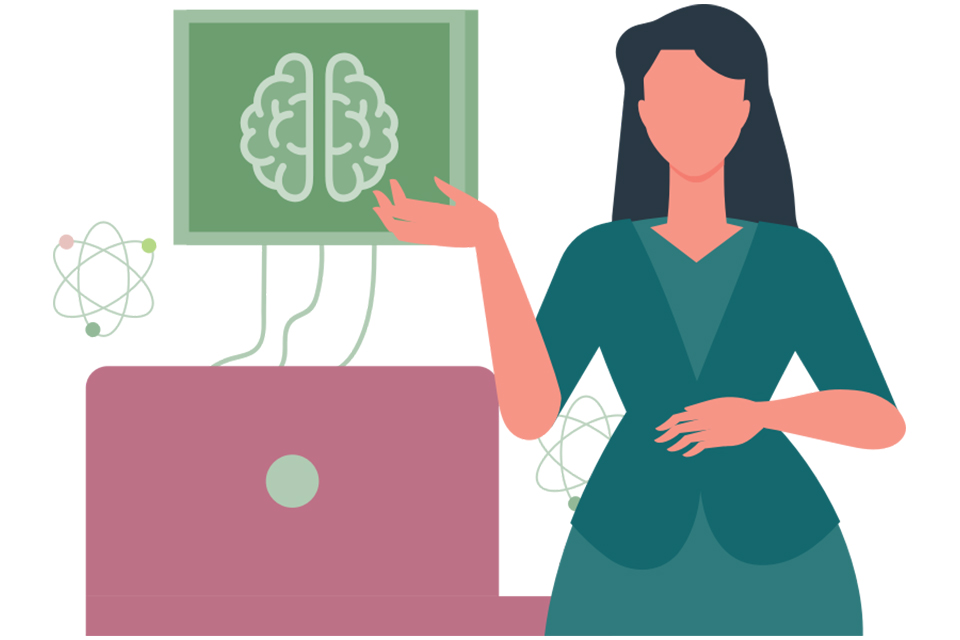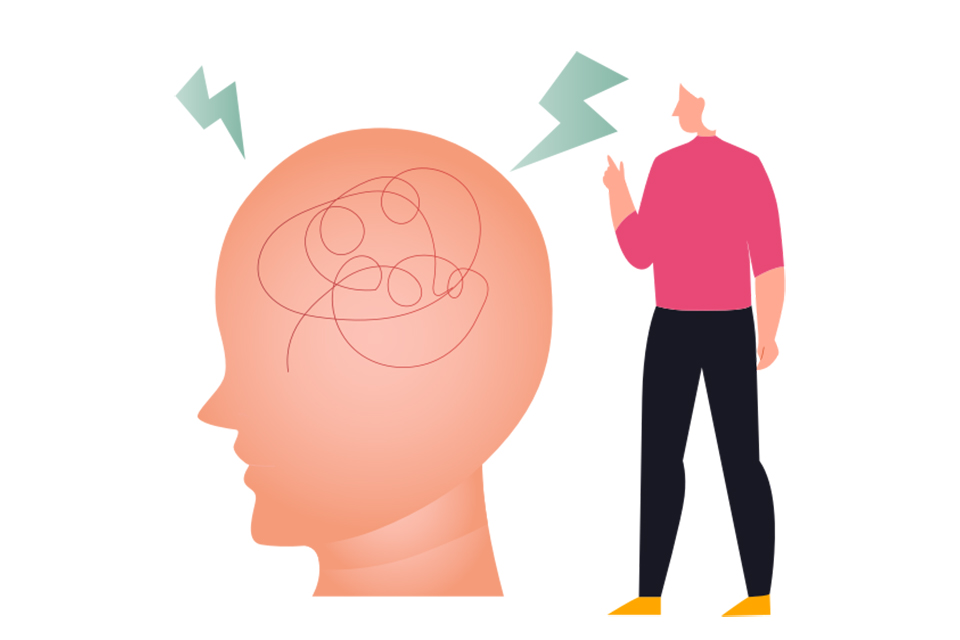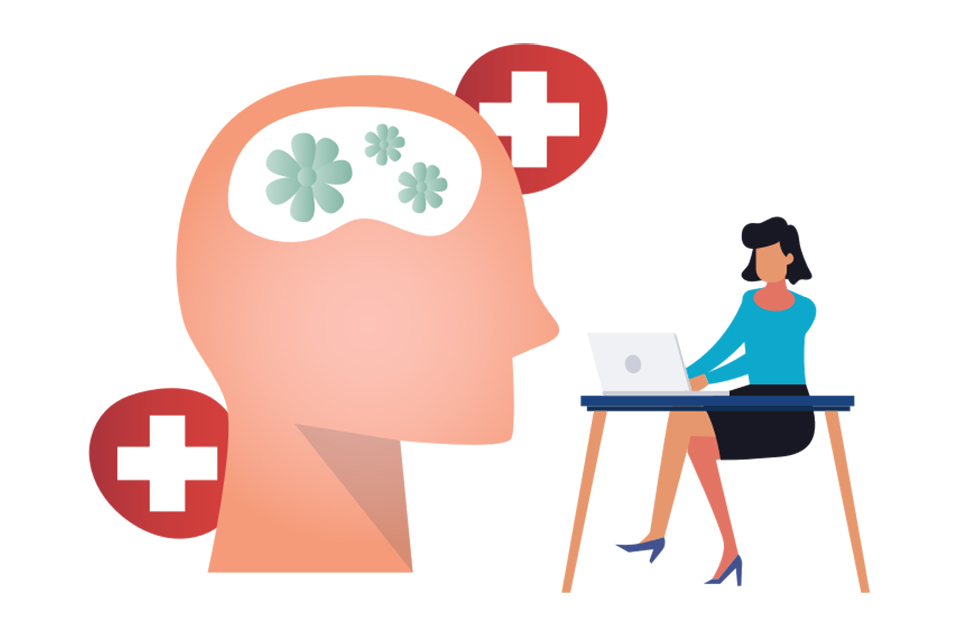What causes ataxia?
Ataxia results from injury to the cerebellum. The cerebellum is the balance centre of the brain. The cerebellum fine-tunes movement commands in order to compensate for whatever posture is being used. It also accounts for the various forces being generated by different parts of the body.
What does ataxia look like?
Ataxia can affect any part of the body and impact upon the movements required to do many day-to-day activities. It can affect a person’s legs, arms, hands, fingers, speech, eye movements and even muscles involved in swallowing.
Effect on the upper limbs (arms and hands)
When ataxia affects the arms and hands it may cause a tremor or shakiness due to the over-correction of inaccurate movements – this means that when a person reaches for an object, they overshoot the target. It also results in difficulty performing tasks requiring precise finger movements such as handwriting or using cutlery, or movements that require regular repetition such as clapping.
Effect on the lower limbs (legs)
When ataxia affects walking, a person is unstable and likely to fall. As a result, the person usually walks with the feet spread further apart than the hips, which is known as a ‘wide-base gait’. This is done to try to compensate for their instability and poor balance. This way of walking can sometimes give the mistaken impression that the person is under the influence of alcohol or drugs. Because their balance is affected, the person may also fall without reason, or be unable to compensate for being accidentally bumped or for variations in the ground surfaces or an accidental mild bump from the side.
Effect on speech and swallowing
Ataxia may have an effect on speech and swallowing. When ataxia affects speech, it is sometimes called ‘scanning’ speech – the person uses a monotone voice with a breathy sound; sometimes there are unusual accelerations or pauses between their syllables.
Effect on the eyes
Ataxia may sometimes cause slow eye movements. When the person attempts to change their eye-gaze quickly, their eyes may miss the target. The eyes overshoot or underestimate their mark and then have to make ‘catch-up’ movements.
